14+ SAMPLE Restaurant Service Proposal
-
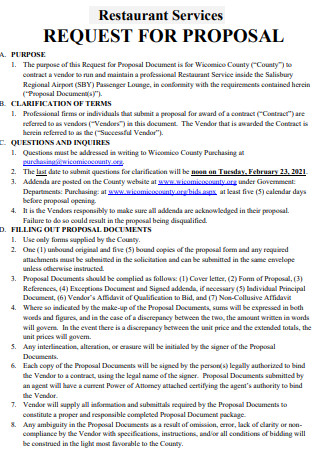
Restaurant Service Proposal
download now -
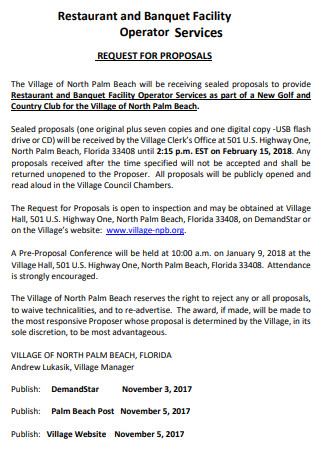
Restaurant Facility Management Services Proposal
download now -
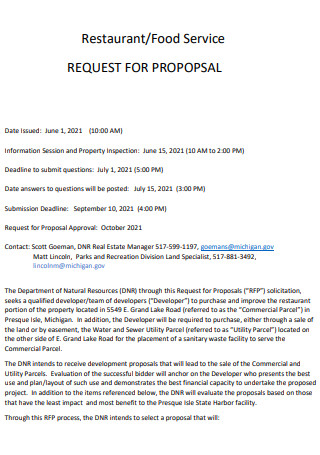
Restaurant Food Service Proposal
download now -
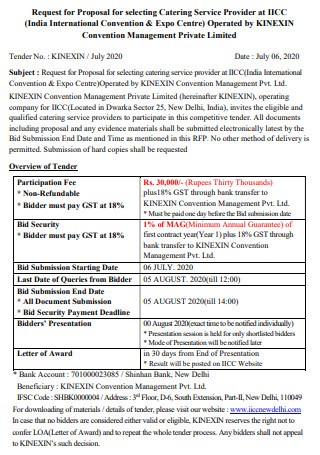
Restaurant Catering Service Proposal
download now -
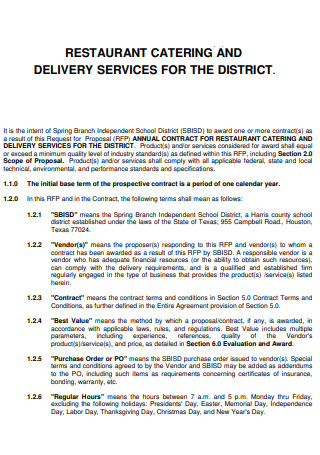
Restaurant Catering Delivery Service Proposal
download now -
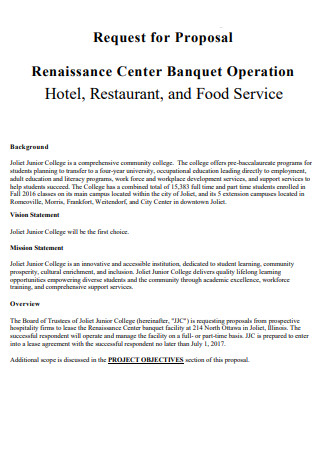
Restaurant Hotel Food Service Proposal
download now -
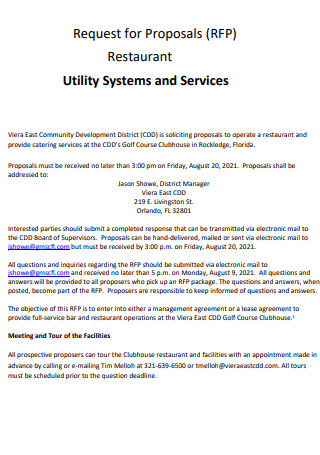
Restaurant System Service Proposal
download now -
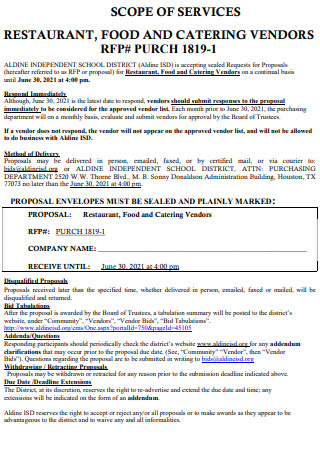
Restaurant Catering Vendor Services Proposal
download now -
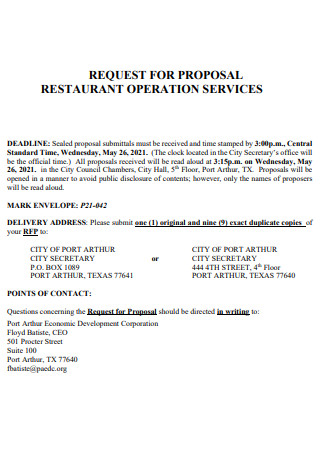
Restaurant Operation Service Proposal
download now -
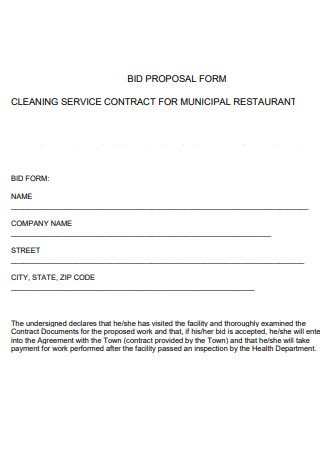
Restaurant Cleaning Service Proposal
download now -
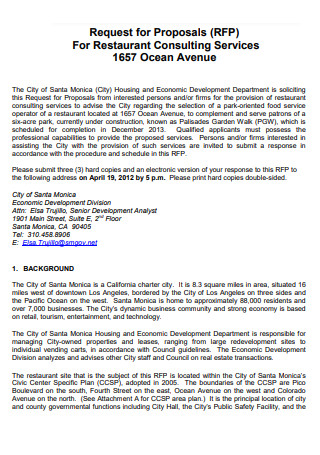
Restaurant Consulting Service Proposal
download now -
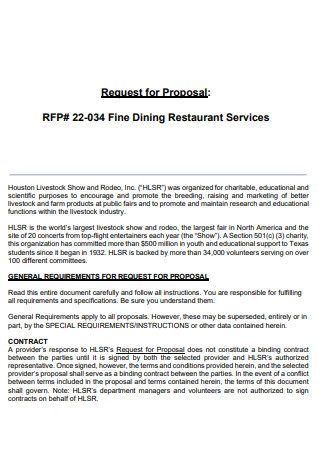
Fine Dining Restaurant Services Proposal
download now -
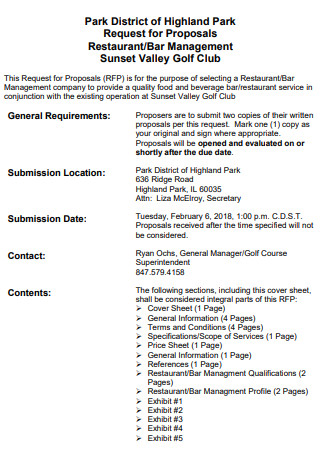
Restaurant Bar Services Proposal
download now -
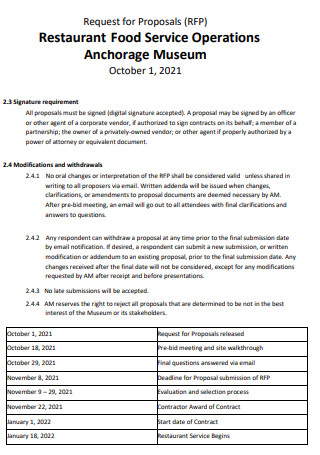
Restaurant Food Service Operations Proposal
download now -
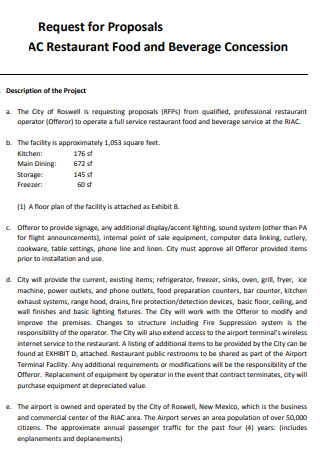
Sample Restaurant Service Proposal
download now
FREE Restaurant Service Proposal s to Download
14+ SAMPLE Restaurant Service Proposal
What Is a Restaurant Service Proposal?
Types of Restaurants
Procedures for Serving at a Restaurant
How to Write a Restaurant Service Proposal
FAQs
What is a service proposal?
Why is a restaurant service proposal important?
What are the benefits of using a service proposal?
What Is a Restaurant Service Proposal?
A restaurant service proposal is a document that you use to pitch potential clients on your company’s added services and solutions. It serves as a sales proposition, proving that you understand and can handle your prospective clients’ concerns. This service proposal form can be used to pitch a private event project, a catering job, an in-home job, or any other restaurant service-oriented business. Through a restaurant business proposal, clients will be able to see that you are expanding your services and will be aware of the new means your restaurant offers. You can proceed to view the sample proposal this article has provided.
Types of Restaurants
The variety of establishments continues to grow, from your classy silverware restaurant with a three-page wine menu to your fashionable downtown local cafe serving cold brew beverages. Restaurants can still be differentiated based on similar qualities, even though each has its ambiance and vibe. This article has curated for you a list of the many features used to describe restaurants, as well as a list of the most prominent restaurant categories. Continue reading to know more about them.
Procedures for Serving at a Restaurant
If you want to be successful as a restaurant owner, you must give excellent customer service. It’s normal to wonder how you can provide the greatest customer service and how the food service procedure works. Having a clear concept of what customer service is could be a good place to start. Proceed with reading the article to know more about what a customer values in terms of the service that a restaurant provides.
How to Write a Restaurant Service Proposal
Potential investors or lenders are more interested in your research and financial predictions than your restaurant concept, so laying the framework for a good proposal is essential. You may demonstrate to prospective partners that you know how to start and operate a restaurant by using a conventional service proposal format which you have through the readily available templates provided. Additionally, this will help you gain their favor as you expand the services of your restaurant. Check out the restaurant business proposal sample to see more of how a project proposal for a restaurant’s format.
Step 1: Prepare a Cover Page
Your cover page should be professional and well-organized, but it should also be unique to your proposal for the restaurant business. You can use photos from your company, such as a logo or a former event, to entice the reader and personalize the design. Be creative and resourceful in making your cover page since it is the first thing that clients and readers will see when opening your restaurant service proposal.
Step 2: Write an Executive Summary
An executive summary should always be included in a restaurant service proposal. An executive summary serves as both an introduction to your company strategy and a description of the overall concept. An executive summary’s main goal is to entice the reader, typically an investor, to read the rest of your business proposal. A mission statement, proposed additional services, execution, a brief look at prospective costs, and expected return on investments are all common aspects of an executive summary.
Step 3: Prepare the Company Description
This is the section of the restaurant service proposal where you give a complete overview of the Business. Begin this area by listing the name of the restaurant you’re expanding, as well as its location, contact information, and other pertinent details. Include the contact information for the owner as well as a brief description of their background. The legal standing of the restaurant, as well as its immediate and long-term objectives, should be underlined in the second section of the company description. Provide a brief market analysis demonstrating that you are aware of regional food industry trends and why the restaurant service will prosper in this market.
Step 4: Elaborate on the Scope of Services
The scope of the work area is where you can get specific about your services and what you will provide your clients. In your descriptions, concentrate on how you can address the client’s problems and alleviate their issues. You can use your normal boilerplate for your services, but tailoring it to meet the needs of your unique client will be more persuasive.
Step 5: Set up the Menu
The menu is the most significant aspect of delivering services for your business. You won’t be able to serve anything if you don’t have it. You may or may not have a final version, but you should at least strive to create a mock-up for a restaurant service proposal. However, pricing should be the most important aspect of your sample menu. The cost research you have done for investors should be reflected in your prices. This will help them understand the intended price point for your restaurant. Even early on, you’ll notice how crucial menu engineering is.
Step 6: Pricing and Payment Terms
As mentioned, pricing is vital in presenting your restaurant service proposal because it will give the client or investors an idea of how much you are putting a price on the services that you are offering. Too much will make them think you are overcharging and too little will make you lose necessary funds for your budget. Set the right amount and indicate it at the end of the proposal. As well as specify your payment terms so that clients won’t be confused about where or how many days they have to pay for acquiring your services.
FAQs
What is a service proposal?
A service proposal is a written document that you, as the business owner, develop and deliver to your clients to obtain their business. Simply said, it’s a detailed sales document that details the services you provide. Part of planning for the services that you will offer may be to check out the available restaurant concept proposal sample.
Why is a restaurant service proposal important?
Since the process can be complex and time-consuming, many new restauranteurs fail to put together a well-thought-out restaurant service plan. You are shooting in the dark without an aim if you don’t have a comprehensive restaurant business strategy. Without a clear plan, it’s unlikely that you will be able to find an investor to assist fund your restaurant ambition. Even if you do, your restaurant will fail due to a lack of effective planning, laws, and projections. But before you can proceed to plan, you will need to go through writing a proposal for the restaurant business.
What are the benefits of using a service proposal?
If you run a company that provides a certain service to customers, you must utilize a business proposal. It’s crucial to distinguish between a business plan and a service proposal. They each have a unique role in your company, yet they are all equally crucial. Your business plan is a document that focuses on the overall operation of your company. It contains information such as your company’s strategy, mission, and vision, among other things.
Coming up with a restaurant service proposal will be a challenge if you are unsure of how to start writing it. But through the provisions of this article, your task will be made easier, and much more that there are available templates that you can use and edit as much as you like. So what are you waiting for, start writing a restaurant service proposal now and wow your clients!
